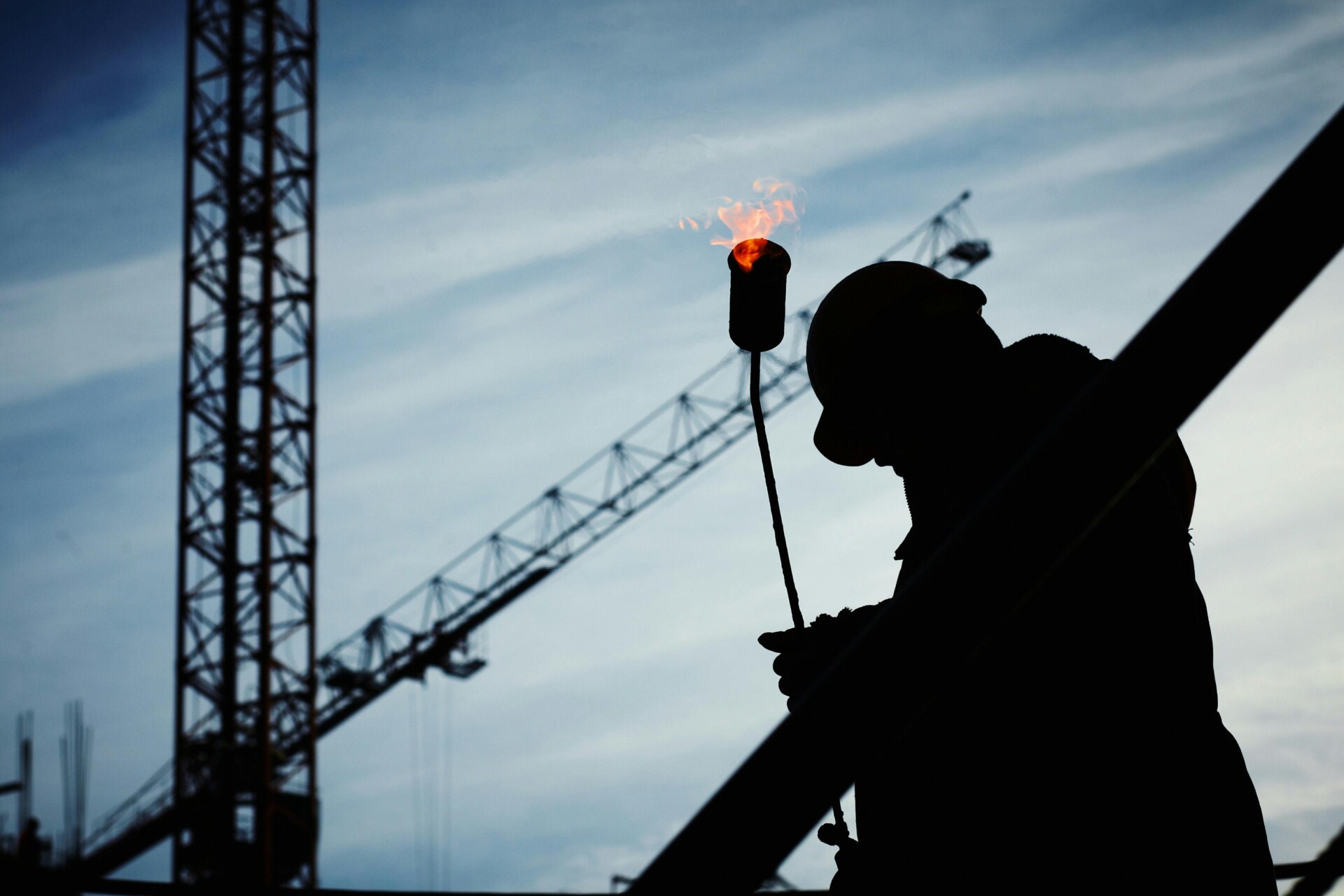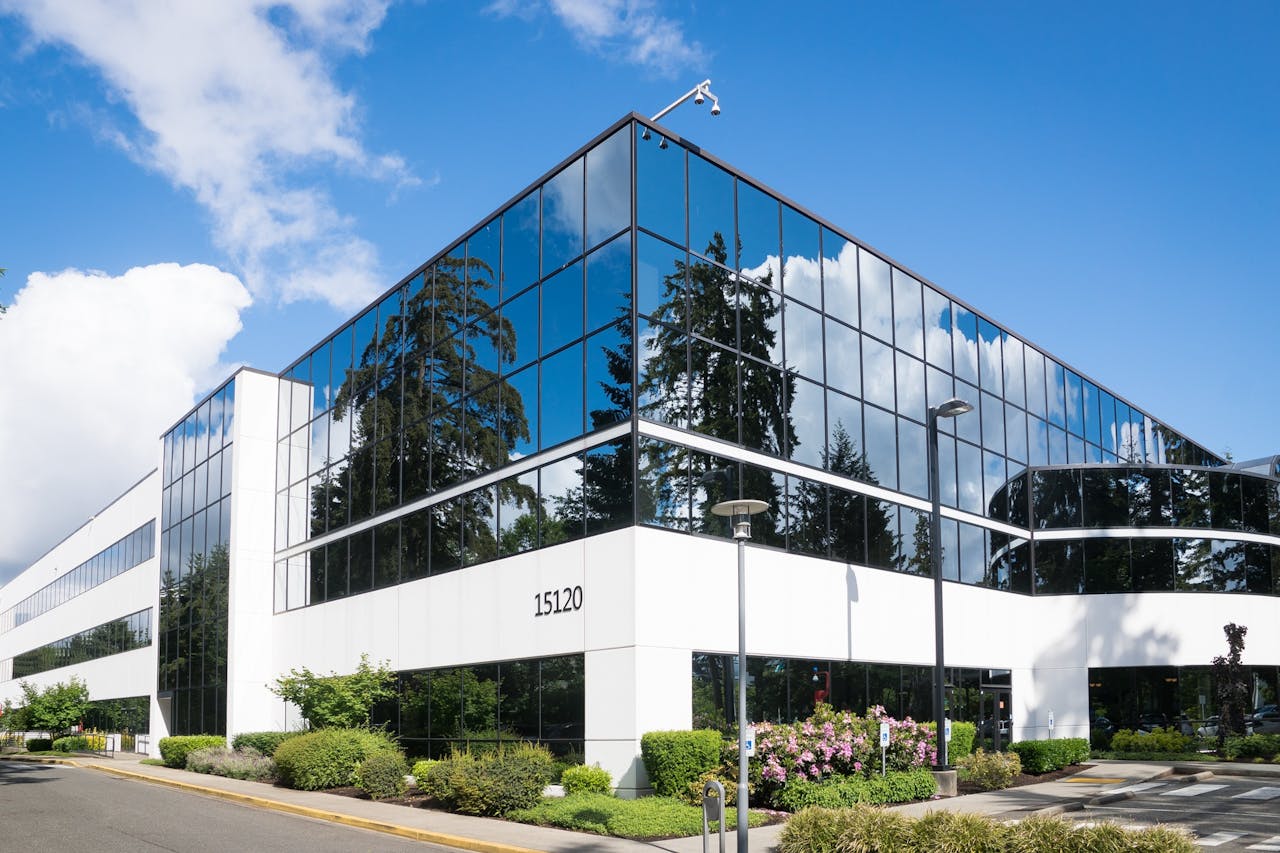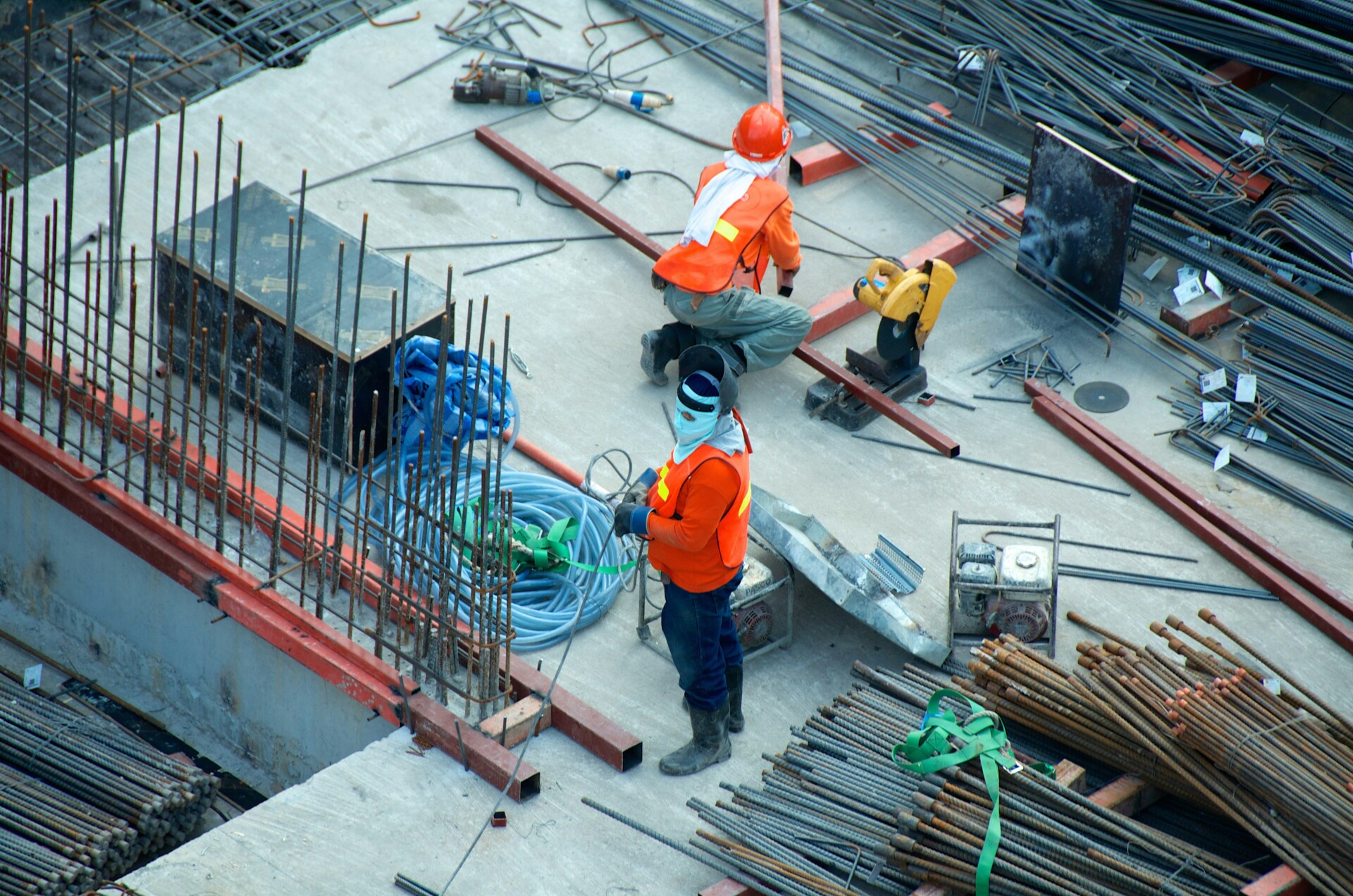Fire suppression systems play a crucial role in safeguarding buildings and occupants from the destructive effects of fire. Unlike passive fire protection measures, these systems actively combat fires at their source. At EB3 Construction, we design and install suppression systems that offer a rapid, automatic response when every second matters.
So what exactly are fire suppression systems? Essentially, they are engineered networks of detectors, controls, and suppressant delivery mechanisms integrated into a building’s infrastructure. Their purpose is clear yet essential – to quickly identify, contain, and extinguish fires before they spread uncontrollably. While fire protection focuses on containment and evacuation, suppression systems go further by actively eliminating the threat.
As general contractors, we work closely with fire protection engineers to integrate suppression systems seamlessly into new construction and renovations. Our goal is to provide comprehensive protection that meets or exceeds local building codes while remaining unobtrusive. Whether it’s a standard sprinkler system or a specialized clean agent setup for areas with sensitive equipment, we ensure the solution fits the unique needs of each space and its occupants.
How Do Fire Suppression Systems Work?
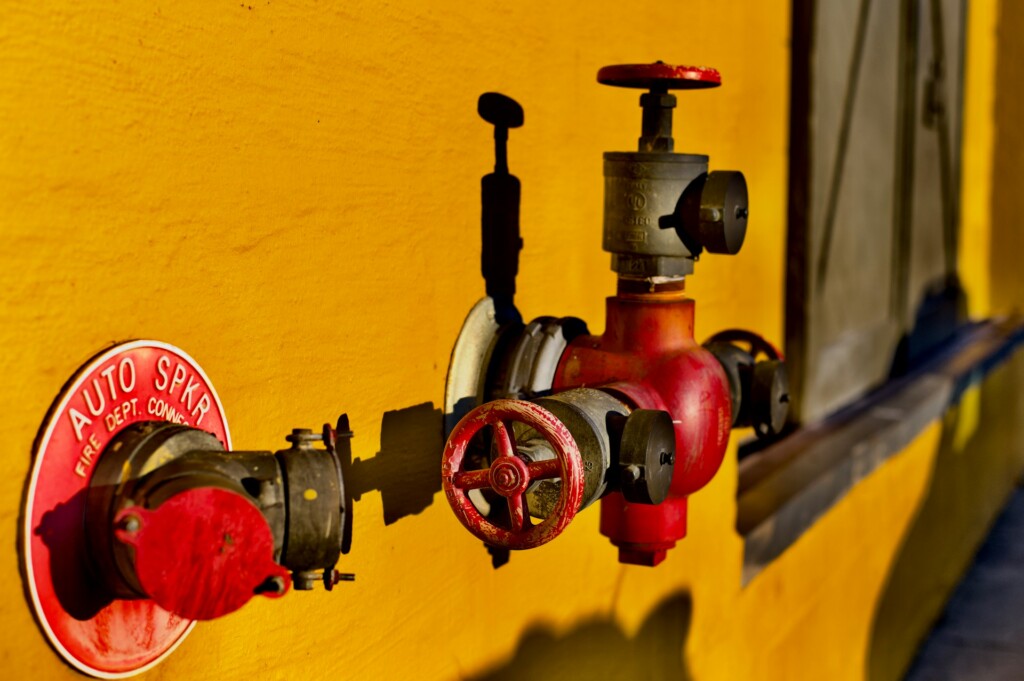
Fire suppression systems operate through sophisticated detection and delivery mechanisms designed to quickly identify and extinguish fires. These systems rely on two key components: sensors to detect fire and a means to deliver suppression agents.
When a fire breaks out, the system’s detection elements activate. Heat-sensitive devices may trigger when temperatures spike abnormally, while smoke detectors identify the presence of combustion particles in the air. This initial detection phase is critical, as it sets the entire suppression process in motion.
Once a fire is detected, the system initiates its response protocol, typically involving two simultaneous actions:
- Sounding an alarm to alert building occupants and often notifying emergency services
- Activating the suppression agent delivery mechanism
The method of suppression agent delivery depends on the specific type of system installed. We utilize two primary approaches in our fire suppression solutions:
Direct Release Systems
In a direct release configuration, the suppression agent is discharged through the same tubing used for fire detection. When the heat-sensitive tubing ruptures due to fire exposure, it creates a localized release point for the suppressant. This approach offers a rapid, targeted response directly at the fire’s source.
Indirect Release Systems
Indirect systems use separate nozzles or sprinklers to disperse the suppression agent. When triggered, these systems flood the protected area with suppressant, providing broader coverage that is especially effective for larger spaces or when the exact fire location is uncertain.
While many modern suppression systems activate automatically, we also install systems with manual activation options. This allows trained personnel to initiate the suppression sequence if they identify a fire before the automatic sensors are triggered.
The integration of fire suppression systems with broader building safety infrastructure is a critical consideration in our designs. We ensure our systems interface seamlessly with central fire alarm panels, providing a cohesive approach to fire protection. This integration enables:
- Coordinated alarm notifications throughout the facility
- Automatic alerts to fire departments or monitoring services
- Activation of other fire safety measures like emergency lighting or smoke control systems
By combining rapid detection, efficient suppression agent delivery, and integration with broader safety systems, modern fire suppression technology offers a powerful defense against the potentially devastating effects of fire. Our team at EB3 Construction works closely with clients to design and implement suppression systems tailored to the unique needs and risks of each facility we protect.
What Are the Main Types of Fire Suppression Systems?
At EB3 Construction, we design and install a variety of fire suppression systems to protect buildings and occupants. Each type of system has unique capabilities suited to different applications and fire hazards:
Water-Based Systems
Traditional sprinkler systems remain the most common and cost-effective option for many buildings. We install several types of water-based systems:
- Wet pipe systems – Pipes are filled with pressurized water at all times.
- Dry pipe systems – Pipes contain pressurized air or nitrogen until activated.
- Pre-action systems – Combine features of wet and dry pipes for added protection.
- Deluge systems – All sprinkler heads open simultaneously when triggered.
Water sprinklers effectively control most common fire scenarios but may not be suitable for all areas or hazards.
Clean Agent/Gaseous Systems
We utilize clean agent and inert gas systems to protect sensitive electronics, data centers, and other areas where water could cause extensive damage. These systems use gases such as FM-200, Novec 1230, or inert gases that leave no residue after discharge. While more expensive than water, they offer rapid suppression without cleanup.
Chemical Systems
For specialized hazards, we install chemical-based suppression:
- Wet chemical systems – Designed for commercial kitchens and cooking equipment.
- Dry chemical systems – Used for flammable liquids and some industrial applications.
Chemical agents are highly effective for specific fire types but require thorough post-discharge cleanup.
Carbon Dioxide (CO2) Systems
CO2 systems effectively suppress Class A, B, and C fires without leaving residue. We typically reserve these for areas with minimal occupancy due to asphyxiation risks, such as large machinery spaces or storage areas. Proper safety protocols are essential when using CO2.
| System Type | Application | Pros | Cons | Common Use Cases |
|---|---|---|---|---|
| Water-Based Systems | General fire suppression | Cost-effective, readily available | Potential water damage, unsuitable for electronics | Offices, residential buildings |
| Clean Agent Systems | Protects sensitive equipment | No residue, fast suppression | Higher cost | Data centers, server rooms |
| Chemical Systems | Specialized hazards | Effective on grease fires | Post-discharge cleanup needed | Commercial kitchens |
| Carbon Dioxide (CO2) Systems | High-hazard areas | No residue | Asphyxiation risk | Large machinery spaces |
When designing your building’s fire protection, we carefully evaluate the specific hazards, occupancy, and operational needs to recommend the most appropriate suppression systems. Our team stays current on NFPA standards and fire codes to ensure compliant, effective installations tailored to your requirements.
What Industries and Applications Require Fire Suppression Systems?
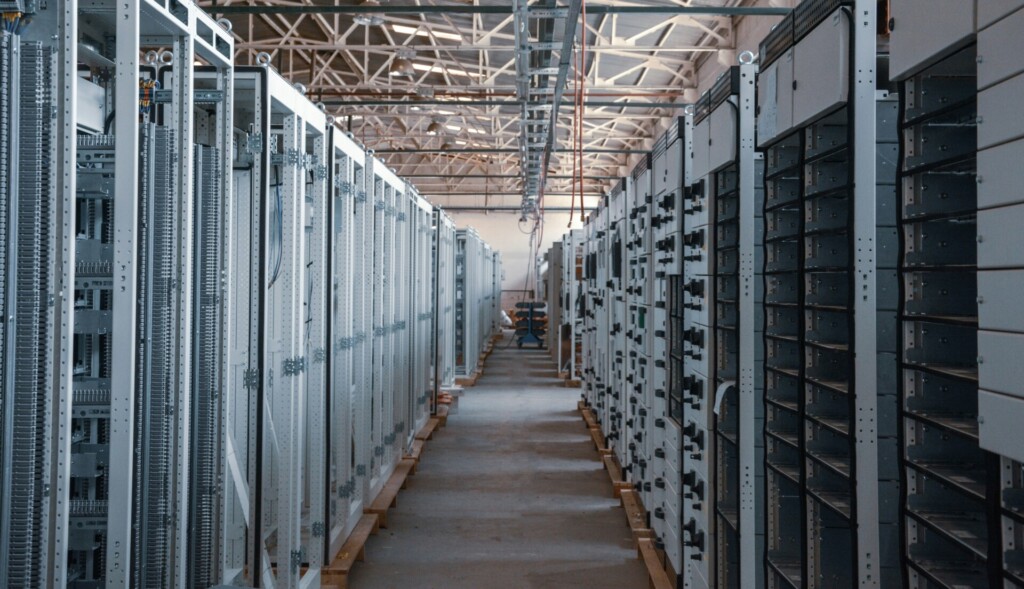
Fire suppression systems are essential for safeguarding life and property in industries where fire risks are significant. At EB3 Construction, we collaborate with clients to implement appropriate fire protection solutions tailored to their specific needs and hazards. Some key industries and applications that commonly require specialized fire suppression systems include:
Data Centers and Server Rooms
These facilities house sensitive electronic equipment that is valuable and critical for business continuity. We typically install clean agent suppression systems in data centers and server rooms, as they can quickly extinguish fires without causing water damage to the equipment. The systems use gases like FM-200 or Novec 1230, which are electrically non-conductive and leave no residue.
Industrial and Manufacturing Facilities
Industrial sites often contain hazardous materials, high-value equipment, and complex processes that require robust fire protection. We work with industrial clients to design and install systems that may include a combination of sprinklers, foam systems, and gas suppression, depending on the specific hazards present. Proper fire suppression is critical in these environments to prevent costly equipment damage and disruptions to production and supply chains.
Commercial Kitchens
Restaurant and institutional kitchens present unique fire risks due to cooking oils and grease. We install specialized wet chemical systems designed specifically to combat grease fires. These systems use a potassium-based solution that forms a foam blanket to smother flames and prevent re-ignition.
Warehousing and Storage Facilities
Large storage areas require extensive fire suppression coverage due to the high volume of potentially flammable materials. We typically implement sprinkler systems with sufficient water supply and coverage to control fires in these expansive spaces. For warehouses storing particularly hazardous materials, we may recommend foam-water systems or other specialized solutions.
Electrical Equipment Rooms
Areas housing electrical switchgear and transformers require systems that can extinguish fires without conducting electricity. We often install clean agent or CO2 systems in these spaces to provide fast, effective suppression without endangering personnel or equipment.
Aircraft Hangars
The combination of aircraft fuel, maintenance activities, and large open spaces in hangars necessitates robust fire protection. We design and install foam deluge systems that can rapidly cover large floor areas to control fuel spill fires.
Flammable Liquid Storage
Facilities that store or process large quantities of flammable liquids require specialized suppression capabilities. We implement foam systems, often with large bladder tanks, to provide the necessary agent capacity and application rates for these high-hazard areas.
At EB3, we understand that proper system selection and design is crucial for effective fire protection. Our team works closely with clients across these and other industries to assess risks, comply with code requirements, and implement suppression systems that provide reliable protection for specific applications. By leveraging our construction expertise and fire protection knowledge, we deliver integrated solutions that safeguard people, property, and business operations.
What Are Important Design Considerations for Fire Suppression Systems?
When designing fire suppression systems, several crucial factors require attention to ensure maximum effectiveness. The layout and zoning of the system form the foundation of this approach. By carefully assessing fire risks and hazard classifications throughout different areas of the building, suppression components are strategically positioned for optimal coverage.
Compliance with local fire codes guides coverage requirements. The level of protection is tailored to match the specific hazards present in each area. For instance, areas with flammable materials or critical equipment receive more robust suppression capabilities compared to low-risk spaces. This targeted approach optimizes system performance while meeting regulatory standards.
Accessibility is another key consideration in the designs. Ensuring all system components are easily accessible for regular maintenance and testing is crucial. This includes providing clear access to control valves, sprinkler heads, and other critical elements. Facilitating routine inspections and servicing helps maintain the system’s operational readiness over time.
Integration with the building’s evacuation plans is essential for cohesive fire safety. Suppression system activation is coordinated with emergency exit routes to prevent conflicts, ensuring suppression activities enhance, rather than hinder, safe evacuation procedures during a fire event.
Selecting the appropriate suppression agents and delivery methods is crucial based on the protected materials and equipment. In areas housing sensitive electronics or irreplaceable assets, clean agent systems may be chosen instead of traditional water-based sprinklers to minimize potential damage. Designs account for the unique characteristics and vulnerabilities of the protected spaces.
Finally, provisions for ongoing inspection and maintenance are built directly into the system design. This includes incorporating test connections, drain valves, and other features that simplify regular testing and servicing. By emphasizing long-term maintainability, the fire suppression system remains fully operational and ready to perform when needed most.
| Consideration | Description |
|---|---|
| Accessibility and Maintenance | Design systems to be accessible for routine maintenance and testing to ensure ongoing functionality. |
| Compliance with Codes | Align system design with local and national fire codes to ensure legal compliance and optimal safety. |
| Integration with Evacuation Plans | Ensure coordination with building evacuation routes to prevent conflicts during emergencies. |
| Risk Assessment and Zoning | Conduct thorough risk assessments to strategically position suppression components for optimal coverage based on fire hazards. |
| Suppression System Type | Choose appropriate suppression agents based on the protected materials and equipment, such as using clean agents for sensitive electronics. |
By carefully considering these design factors, fire suppression systems are created to provide reliable, targeted protection tailored to each facility’s specific needs and risks. This comprehensive approach helps safeguard lives and assets while adhering to all relevant codes and standards.
Conclusion: Ensuring Effective Fire Protection Through Proper Suppression Systems
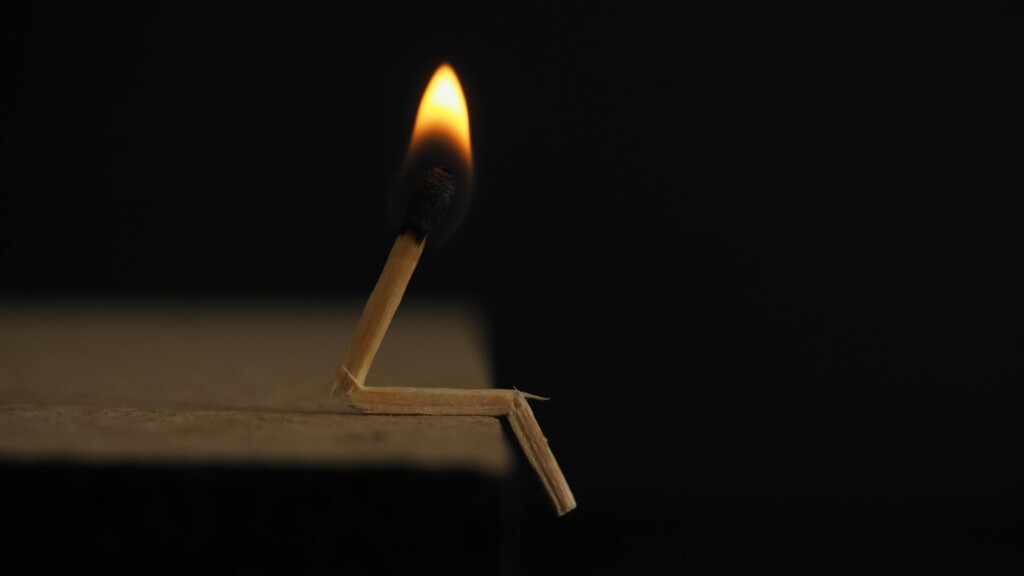
Fire suppression systems are crucial components of comprehensive fire safety strategies, offering protection that goes beyond traditional fire prevention measures. As we have seen, these systems provide essential functions for detecting, controlling, and extinguishing fires before they can spread and cause significant damage. By understanding the various types of suppression systems and their specific applications, we can make informed decisions about implementing the most suitable solutions for each unique building and occupancy.
Proper design and installation are essential, but ongoing maintenance and testing are equally important to ensure these systems remain fully operational. Regular inspections, component replacements, and performance evaluations help ensure reliability when it matters most. Furthermore, suppression systems should be integrated seamlessly into overall fire safety and emergency response plans.
While no single system can eliminate all fire risks, a well-designed suppression system significantly enhances a building’s ability to withstand and control fire events. The investment in these technologies protects not just property and assets, but most importantly, human lives. As construction methods and building uses continue to evolve, so too will suppression system capabilities. Staying informed about the latest developments allows us to continually enhance fire protection strategies.
Ultimately, fire suppression systems provide an essential layer of defense, working in conjunction with other fire safety measures to create truly comprehensive protection. When properly implemented as part of a complete fire safety program, these systems offer building owners, occupants, and communities peace of mind, knowing that proven safeguards are in place. The value of that protection is immeasurable.
To learn more about selecting and implementing the right fire suppression solution for your needs, we invite you to contact our team of fire protection experts. We are here to help you explore the options and develop a customized system to keep your property and people safe.


